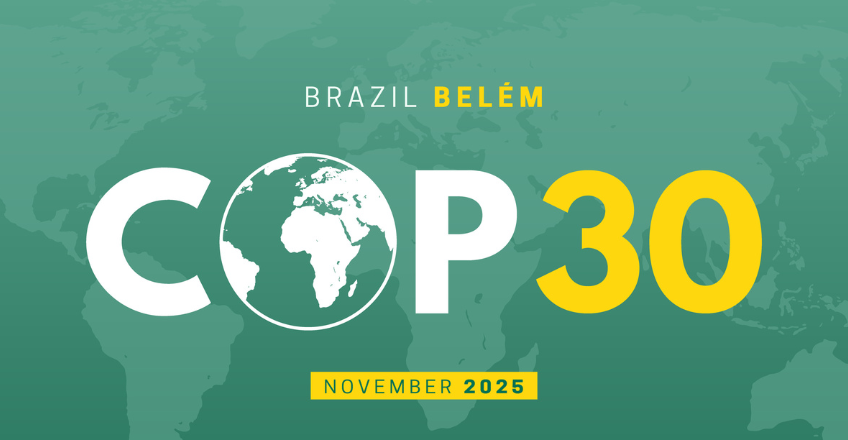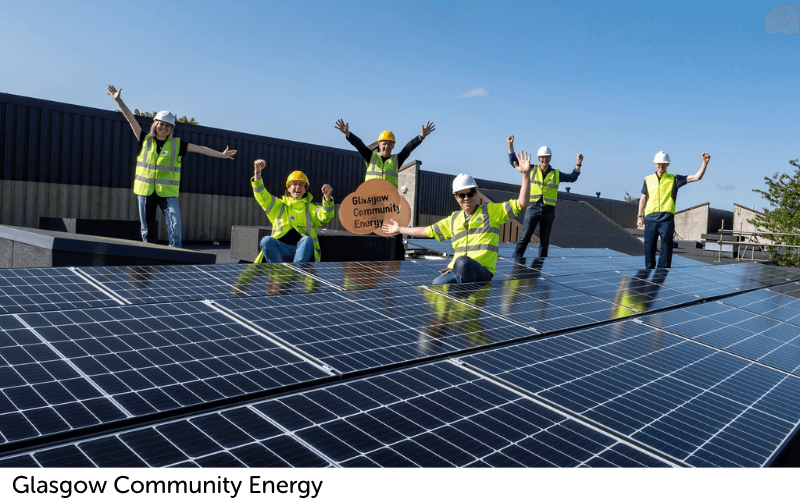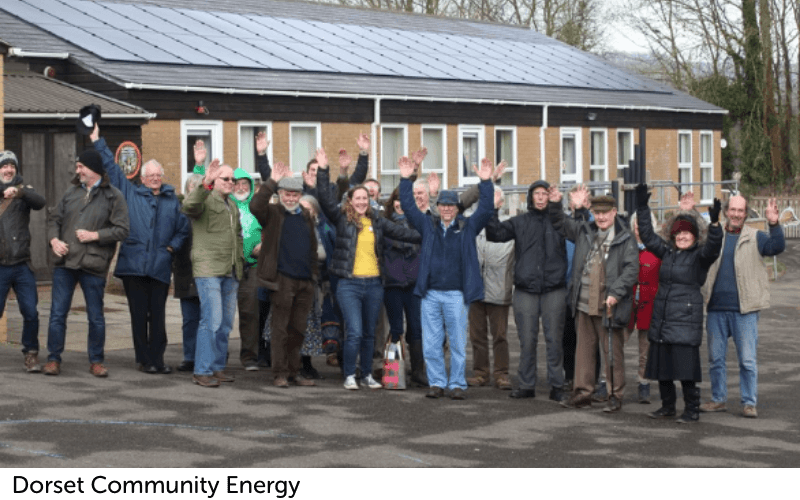COP30: How Local Energy Choices Build a Safer Climate Future
Published date: November 2025

With the United Nations Climate Change Conference kicking off next week, all eyes are on Belém, Brazil, to see how the 30th Conference of Parties is going to unfold. But before we dive into COP 30, why it matters, and why it’s worth caring about, let’s take a quick trip down memory lane and explore how this whole COP idea came about, look back at previous COPs, and what they’re hoping to pull off this time around.
So, the Conference of the Parties, or COP, is part of the United Nations Framework Convention on Climate Change, or UNFCCC. As catchy as those acronyms are, this is serious stuff. COP is essentially THE annual big international meeting where climate change takes centre stage. A whopping 197 countries take part in the two-week conference; during that time, participants will review how far we’ve come and then set new agreements or goals to aim for. Think of it like an annual performance review at work, except the stakes are a lot higher and the whole planet is involved.
The very first COP, known as COP1 (you can see where they were going with this), was held in Berlin back in 1995. Fast forward to today, and Belém is gearing up to host COP30. Over those three decades, there have been some pretty memorable conferences with outcomes you’ve probably heard of, even if you can’t quite remember where from. A great example is the Kyoto Protocol, created during COP3 in 1997. It was the first treaty where nations agreed to reduce greenhouse gas emissions. If that still doesn’t ring a bell, consider the Paris Agreement from COP21, which focuses on limiting global warming and keeping global temperatures from rising more than 1.5°C…a target that you’ve probably seen pop up in headlines or casual debates at some point.
Ok, that’s enough looking back. It’s time to look forward, specifically to Belém, Brazil. Ahead of the summit, a few key focus areas have been flagged for the two-week conference: speeding up the clean energy transition, building more resilient and secure cities and putting a spotlight on stewardship towards forests, oceans, and biodiversity. That hits especially close to home in Brazil, filled with the Amazon Rainforest, which in 2025 saw its biggest annual drop in emissions in 15 years, a whopping 16.7% decrease...proof of stewardship in action!
One of the big goals set by the UNCCC (there’s that catchy acronym again!) was to help build more resilient, secure communities, something that’s already happening all over the world, including right here in the UK… and by co-ops! A huge part of that is giving communities the tools to stand on their own two feet. And a key piece of that puzzle? Energy security.
When it comes to energy security, there’s one dark horse you definitely can’t ignore: community energy.
Community energy is all about local people coming together to make a change. It’s when everyday people set up and run their own renewable energy project: designed, funded, built, and powered by locals, for locals. And the best part? The profits stay in the community, supporting things like after-school clubs, food banks, and energy advice sessions.
On a practical level, community energy efforts boost energy security by mixing up where our power comes from, cutting reliance on those big centralised systems, think massive coal plants (gross) or the giant wind turbines off the coast of Scotland (love). Even better, as the energy is used locally rather than exported, it helps strengthen the grid too. And by keeping things local, it often means more affordable energy prices for everyone-win, win… win!.
Don’t be fooled by the name or the fact that most of these groups are run by volunteers. There are over 600 community energy organisations across the UK, with more than 200,000 members, and those numbers are only growing as funding increases.
These groups are doing an incredible job of strengthening local energy security. Together, they’ve generated enough clean, green energy to power almost 250,000 homes. That’s not all, they’ve helped people save an estimated £1.86 million on their energy bills and boosted local economies by over £20 million. Pretty impressive, right? And remember, cheaper, more diverse energy sources are a huge part of what makes a community energy secure.


It goes without saying that we’re incredibly proud of the amazing work these groups are doing. That’s why we created our Community Power Tariff, the only UK tariff that’s 100% backed by community energy groups. We’ve made it easier than ever for you to support their brilliant efforts with just the click of a button.
If you’re feeling the need for change but unsure how to take real climate action, don’t worry, there are things you can do. A simple first step is switching to a Community Power Tariff: every boil of the kettle or flick of a light switch helps support community energy groups across the UK. Want to go further? You can volunteer with your local group through Younity’s free platform, Community Energy Connect, fitting it around your schedule. And if you’re new to the space, no stress, there are plenty of courses on there to get you started and up to speed.
But that’s enough trumpet-blowing from us… back to it! It’s undeniably fantastic and completely necessary to see building more secure, resilient cities as a key focus for COP30. But, for that to really stick, there needs to be learnings taken forward from the Paris Agreement, bringing forward clear actions, realistic timelines, and proper funding to back it all up…so, watch this space!




Leave us your comment
You need to login to submit a comment. Please click here to log in or register.